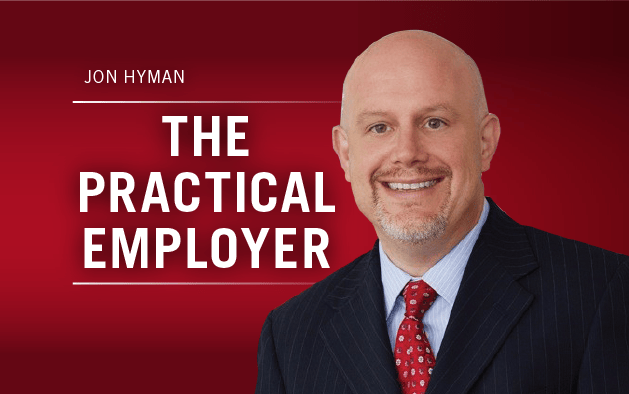I attended HR Tech this year in Chicago, and to a certain degree it was overwhelming — that is, there were so many companies and solutions it was hard to keep track until I’d had my morning coffee and then some. But throughout the meetings, interviews and lectures, I noticed a few key themes that just kept on coming up.
First of all: women in tech. The conference kicked off on Tuesday morning with four hours and four lectures on women in HR tech. The speakers mentioned unconscious bias in the workplace, expectation differences for men and women, and how when women are assertive it’s seen much differently than when men are assertive. Based on the reactions by women in the room and the whisper-comments people made to each other, this is obviously a reality for a lot of working women, especially in the tech sector.
Workforce‘s Rick Bell also commented on the theme of women in tech in his HR Tech blog: But I want to focus on one totally different angle. Rewind a few days: My friend calls me on the phone to give me very exciting news. Her company is sending her abroad for two weeks to work on a project. She made it clear this had nothing to do with that “lean in crap.”
(Note: I still don’t understand “lean in.” A dozen people have described it to me in very, very different ways. Media outlets either tout it as an effective strategy or as some classist dribble. I have too little interest in reading self-help books to read and interpret it myself. Anyway, this obviously came from a person who has one of those negative perceptions of leaning in.)
She could attribute it to something else, though: she asked. She emailed the team leader a while back. She said she was interested and would be willing to go even though it wasn’t technically her project. Out of the blue they contacted her a month later telling her she was going across the ocean.
At the HR Tech conference, the female leaders also echoed the importance of asking. If you don’t ask for something, you won’t get it. Good advice for women, of course, looking for opportunities to grow at work, but it can also be applied to anybody looking for an opportunity.
I also spoke with Caroline Turner, chief revenue officer of PowerToFly, a company launched in 2014 which connects talented women in tech to companies that value gender diversity and inclusion. She attended college as an athlete under Title IX, appreciated the equal opportunity this gave her and has that same passion for gender equality now in the workplace.
This conversation around diversity was very valuable, and one of the key points of interest for me was the importance of getting diverse talent in the door at the very beginning, when recruiting. Hiring people just because they’re diverse isn’t the best business move, but bringing in a pool of candidates who look different from each other can go a long way.
Second of all: rethinking recruiting. I noticed a lot of companies working in recruiting, and they’re looking to solve the same problem: how to hire the right people. But I liked the way Bob Schultz, general manager of the smarter workforce at IBM, described it in our interview. He mentioned the importance of taking a “holistic” approach to recruiting — that is, going beyond just past experience and the usual considerations. How about considering behavior and problem solving skills? IBM Watson has the capabilities to take the whole person into account in the recruiting process.
I liked the use of this word. Holistic. Just like companies are more often now taking a holistic approach to wellness (considering aspects like physical health, mental health, financial health, and beyond), apparently the same thing can be said about other business processes.











